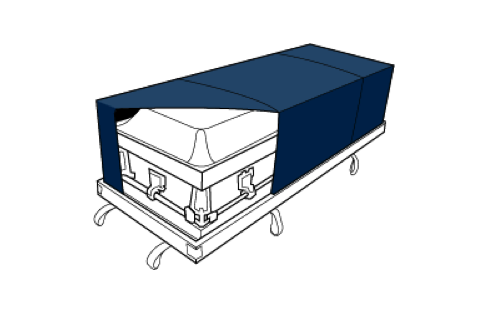I’m fascinated by post mortem travel in general. I know there are bodies in the cargo holds of commuter flights more often than people realize. But how often does that really happen and how are bodies prepared for travel over long distances?
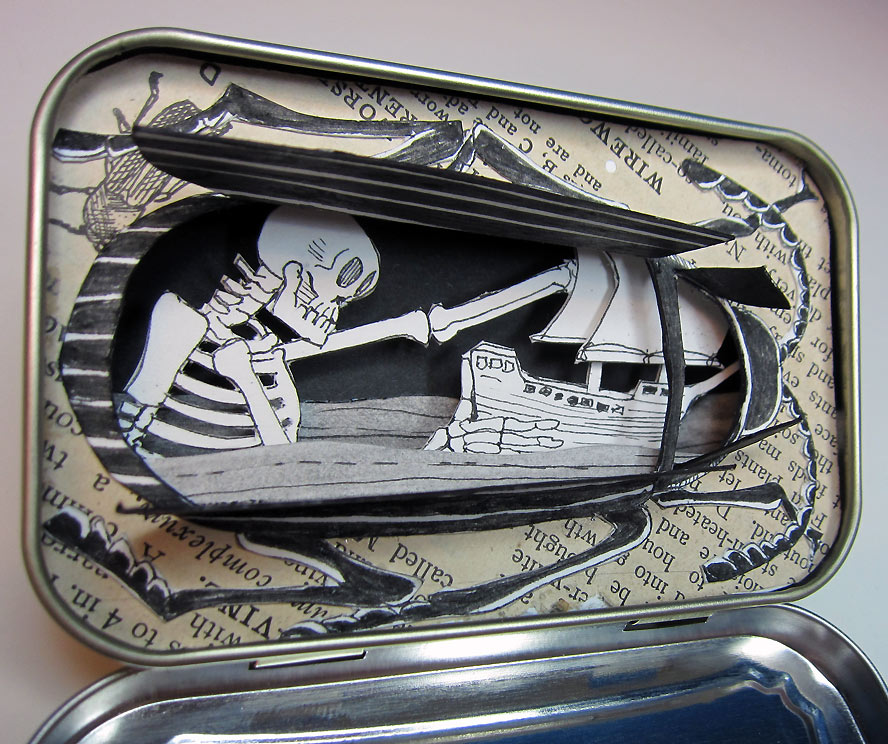
Who isn’t fascinated by post-mortem travel?! My resume says that I should be really well qualified to answer this question, but I’m going to tell you right now, my qualifications are thin the further flung you get. If the country you are trying to send the body to is Russia – I’m out. And if your email comes from anywhere in Africa, informing me that you are a prince and your wife just died in Seattle, and you and your newborn baby need me to ship her home if I could just give you a Western Union account… I’m out there too.
Bodies need to move because, well, we seldom die where it’s most convenient. I’ve been working on a program with the local hospice where people can choose to pre-arrange their funeral and pass away in my facility, but no one seems to be taking me up on this option. (Fair enough). So let’s look at moving a body from the place of death to their final resting place.

After death, the family, hospital, or hospice calls the funeral home and says “Hey, you need to pick up this gentle dead person.” Funeral homes then send “removal techs” to transfer the body into our care. This is usually done with a Toyota Sienna, Honda Odyssey or some other appropriately discrete momcar. We put the deceased on a stretcher and bring them back to a refrigerated cooler, where they will rest until the arrangements have been made for transport to their final destination. You can modify this process to “bring them back and embalm them…” if you’re anywhere in the American south that believes that refrigeration is only for fish and meat and embalming is some kind of anointed God-given preservation technique.
Now that I’ve poked the embalming debate bear, I will say that it is definitely a useful technique when transporting people long distances. If we hearken back but a few decades (specifically 15 decades), people weren’t able to transport the dead any distance that couldn’t be covered in less than a day or two. Sanitation and practicality prohibited moving them more than say, 25 to 50 miles, unless you were quite wealthy. Even then, people weren’t particularly compelled to drag the dead around. Enter that wee little Civil War that killed more Americans than any other single armed conflict. It was at this time that technology, transportation and need (want) all intersected. The advent of embalming, trains, and a whole lot of dead soldiers amounted to the ability to transport people home from the front(s). And thus, the modern embalmer and death logisticians were born.
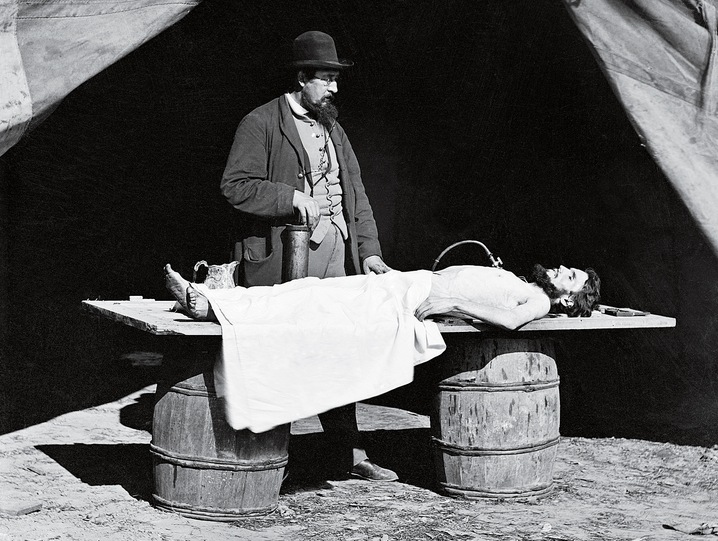
Today, we use the iron horse far less than we lean on the aluminum bird. As the question addresses – there are special preparations that are needed to transport the dead by plane. For a myriad of reasons, you can’t just stuff grandpa into his favorite golf bag and check him through from Scottsdale to Edmonton. Despite the common misconception, airlines do not require embalming. There is no law, policy or regulation that requires embalming– that is due, largely, to religious practices that prohibit it. Suffice it to say that embalming someone for transportation on a common carrier is the most practical and economical means by which to convey their mortal remains.
Soooo… Bodies are shipped as cargo on aircraft, and the timing, paperwork and logistics need to be coordinated like what I would imagine putting a seven year old on a plane would look like. You need to get the correct permits and authorizations, embalm them (or not), casket them, put them in an air tray, drive them to the airport, and hand them off to someone who will put them on the plane. Alright, the seven year old may not require a few of these items, but I’m willing to bet that the air tray might seem like a lovely playground to the travel weary parent – it’s a wood tray that is large enough to place a casket on and cover for safe transport through the friendly skies (imagine the best pre-made fort ever for a 7 year old. Minus the xBox.) Joking aside, here’s how it looks:
If you don’t feel like embalming your dead person, we can still get them where they need to go! The magic of rapid transportation, combined with super effective cooling pouches, we can have your dead person fit as a fiddle and ready for a visitation on the receiving end with this magical container. It is also the container that you would use if you were going to be transporting someone who has decomposition (Not that decomp transport is much of a thing):
Figure 2 – The Ziegler Case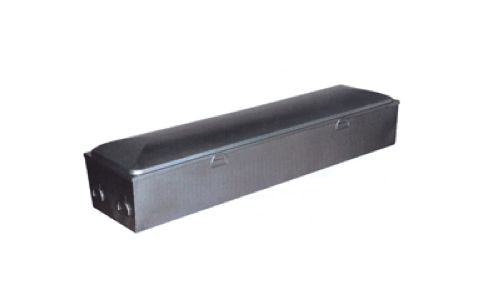 The Ziegler is a hermetically sealed metal container that is designed to keep you person fresh for the flight home. Actually, all of these things are designed to keep the airplane cabin fresh for the travelers up above. Another question that came up was “Are the dead belted in? Do they slam into the lid during turbulence?” The answer is “No, they are not belted in” and I suppose, yes, it’s possible that they would bump their nose. Usually someone who has been prepped will have a clean cloth on their face and around their collar to avoid smudging makeup or having cosmetics rub off on any of the clean fabrics around them.
The Ziegler is a hermetically sealed metal container that is designed to keep you person fresh for the flight home. Actually, all of these things are designed to keep the airplane cabin fresh for the travelers up above. Another question that came up was “Are the dead belted in? Do they slam into the lid during turbulence?” The answer is “No, they are not belted in” and I suppose, yes, it’s possible that they would bump their nose. Usually someone who has been prepped will have a clean cloth on their face and around their collar to avoid smudging makeup or having cosmetics rub off on any of the clean fabrics around them.
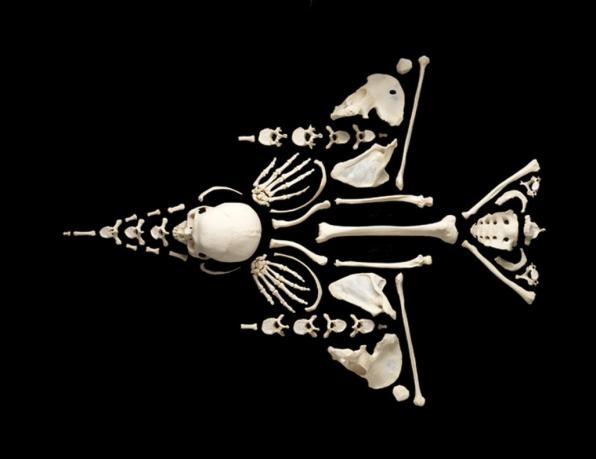
Once the body has been scanned at the airport and has passed the security checks, they are placed on the aircraft for safe passage to their final destination where the receiving funeral home will come to transfer them into their care and execute the remainder of the family’s wishes. In most cases this is a funeral with a burial to follow. Unusually, I had one family recently that was having their dad transported on a train back to his hometown for a funeral followed by a cremation. A train!
The cost of transportation is the same as any other large cargo transported on aircraft, and charged by the pound and the destination. For those of you that want specifics on how much it would cost, it would be like asking “How much will it cost me to fly to a vacation destination?” Um… “It depends”
Like most things in the funeral world, they always seem more mysterious or complicated before the explanation. I hope it hasn’t been a letdown to know that grandma’s ticket in steerage didn’t have any adventure or danger. But take solace in the fact that still alive Uncle Steve will be a cauldron of hot mess at the reception– all the best stories are with the living friends and family left behind.

